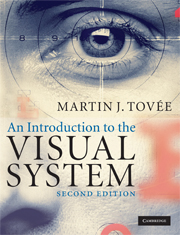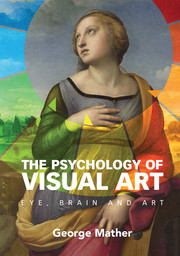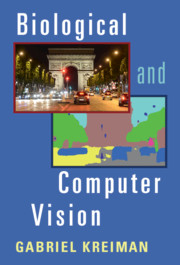An Introduction to the Visual System
In recent years there has been a host of new advances in our understanding of how we see. From molecular genetics come details of the photopigments and the molecular causes of disorders like colour blindness. In-depth analysis has shown how a cell converts light into a neural signal using the photopigments. Traditional techniques of microelectrode recording along with new techniques of functional imaging - such as PET scans - have made it possible to understand how visual information is processed in the brain. This processing results in the single coherent perception of the world we see in our 'mind's eye'. An Introduction to the Visual System provides a concise, but detailed, overview of this field. It is clearly written, and each chapter ends with a helpful 'key points' section. It is ideal for anyone studying visual perception, from the second year of an undergraduate course onwards.
- Clear, concise, yet detailed, and beautifully illustrated
- Completely up to date, incorporating results using new techniques
- A great, cheap, small textbook
Reviews & endorsements
'The book has many attractions. In a lively and enthusiastic way the author takes us on a journey of fascinating discoveries artfully woven together … The writing is lucid, succinct, thoughtful and highly informative … I highly recommend this book for use in advanced undergraduate and graduate classes … The book deserves a place on the shelf of everyone interested in the current state of vision research and in the paths the field of vision research might take in the near future.' Lothar Spillmann, Trends in Neuroscience
'… if you are looking for a brief, wide-ranging introductory text on vision then this book fits the bill.' Mark Scase, Bulletin of the Applied Vision Association
'… an up to date textbook.' New Scientist
Product details
September 1996Hardback
9780521482905
218 pages
236 × 159 × 18 mm
0.525kg
69 b/w illus. 5 tables
Replaced by 9780521483391
Table of Contents
- Preface
- Acknowledgements
- 1. Introduction
- 2. The eye and forming the image
- 3. Retinal colour vision
- 4. The organisation of the visual system
- 5. Primary visual cortex
- 6. Visual development: an activity dependent process
- 7. Colour constancy
- 8. Object perception and recognition
- 9. Face recognition and interpretation
- 10. Motion perception
- 11. Brain and space
- 12. Building the visual image
- References.










